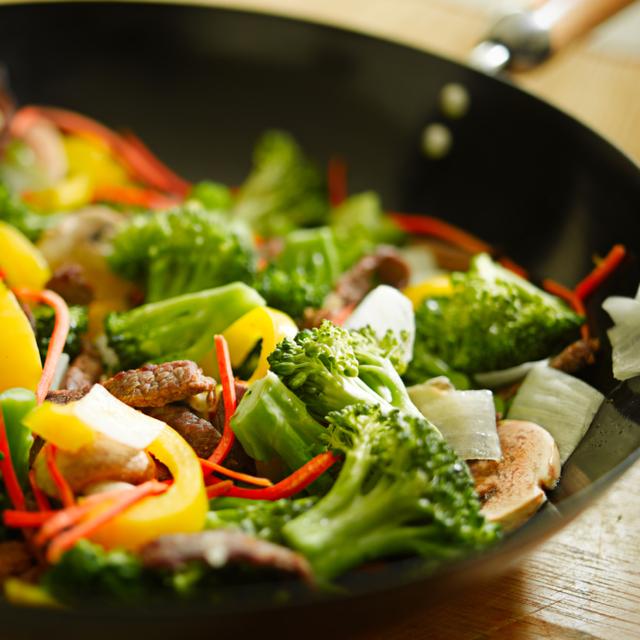Hypothesis
Fruits and vegetables lose Vitamin C when they are cooked.
Overview
Vitamin C is a critical nutrient found in a variety of fruits and vegetables. Most commonly, we think of citrus fruits as great sources of Vitamin C ? oranges, lemons, grapefruits and limes ? but other foods are also full of Vitamin C. These include strawberries, cantaloupe and even sweet peppers.
Without enough Vitamin C, we would experience a vitamin deficiency that could lead to damaging health effects. One of the worst illnesses caused by Vitamin C deficiency is scurvy. This disease was common among seafarers during the 1800s and early 1900s; as a result, officials required sailors to consume a citrus ration of limes or lemons. Scurvy victims heal more slowly than healthy individuals, and their gums may begin to bleed. People with prolonged Vitamin C deficiencies may even suffer from slower bone growth.
Vitamins and minerals can easily be destroyed by the cooking process, though some foods actually become more nutritious when heated up. Did you know that cooking foods such as carrots, spinach, peppers and mushrooms may actually help humans absorb more nutrients as opposed to b eating them raw? Today, we will try to determine whether cooking actually increases the amount of available Vitamin C in two foods: tomatoes and cherries. We will find out whether cooked fruits and vegetables are more nutritious (in terms of Vitamin C) than raw fruits.
We know that iodine reacts with Vitamin C, so we will be adding it to raw fruit and vegetable extracts and then repeating the experiment with cooked food. Iodine solutions in water and starch lighten when they are exposed to large amounts of Vitamin C. That is, a purple iodine solution will get lighter if Vitamin C is present. This science project involves a titration test to determine the amount of Vitamin C in each sample.
Scientific Terms
Nutrients, Vitamin deficiency, Scurvy, Absorb, Iodine,Titration
References
Brett, J. “Foods that Contain Vitamin C.” Retrieved from http://health.howstuffworks.com/wellness/food-nutrition/vitamin-supplements/vitamin-c-foods.htm
Subramanian, S. (2009). “Fact of fiction: raw veggies are healthier than cooked ones.” Retrieved from http://www.scientificamerican.com/article.cfm?id=raw-veggies-are-healthier
Related video
Hey there! Here are some awesome videos about this science project that we think you'll really like. They're not only super fun, but they'll also help you learn more about the science behind the project. So sit back, relax, and get ready to have some fun!!














